5 Best Grass Types for Tallahassee, FL
BY KIMBERLY MAGERL | APRIL 12TH, 2023 | FLORIDA, LAWN CARE, TALLAHASSEEAffectionately known to the locals as Tally, Tallahassee is home to over 89 miles of hiking, walking, and biking trails. The city sits in the northern Panhandle, 22 miles from the Gulf of Mexico and its sugary beaches. It has a humid subtropical climate with mild winters and hot, dry springs. The best grass types for Tallahassee thrive in the city’s hot summers and sandy, infertile soils. If you are installing a new lawn or looking to spruce up your yard, consider one of these options for your Tallahassee landscape.
In this article, we’ll cover:
Warm-Season vs. Cool-Season Grasses
Warm-season grasses prefer growing temperatures between 80 to 95 degrees Fahrenheit. These varieties go dormant, turning brown, when soil temperatures dip below 50 degrees Fahrenheit. With an annual average winter temperature of 69 degrees Fahrenheit, it is no surprise that Tallahassee benefits from warm-season grass varieties.
Grass types are classified into one of two categories:
- Warm-season grasses grow most actively when temperatures are around 75 to 95 degrees Fahrenheit in late spring and summer. These varieties perform best in the southern half of the United States.
- Cool-season grasses grow most actively in early spring and fall when temperatures are around 55 to 75 degrees Fahrenheit. These grasses are well-suited to northern climates with cold winters and distinct seasons.
5 Warm-Season Grasses for Tallahassee
The following warm-season grass types grow well in Tallahassee’s climatic and soil conditions:
1. Centipedegrass
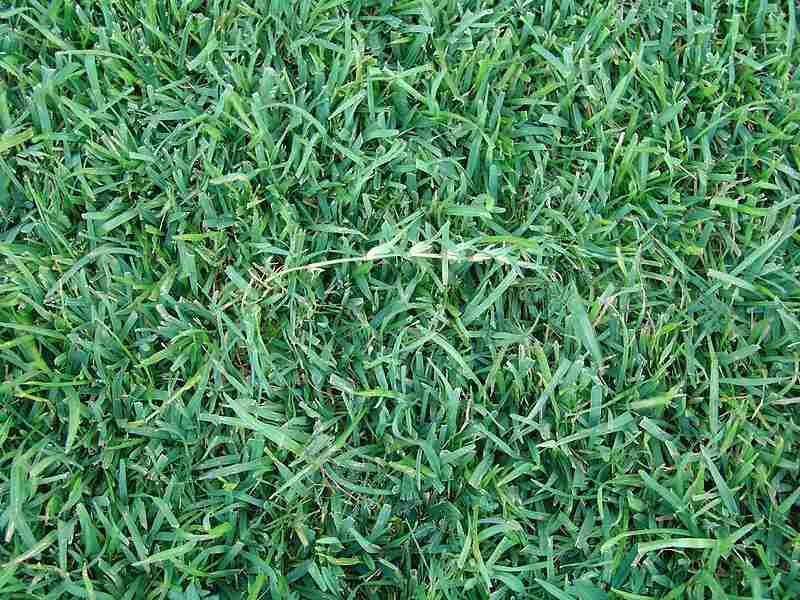
Photo Credit: James Becwar / Wikimedia Commons / CC0 1.0
Centipedegrass has a tight growing pattern with fine leaf blades. It is slow-growing and a popular, low-maintenance option for Tallahassee lawns. Cultivars require little mowing, fertilization, or water to remain green. Centipedegrass handles shade but prefers full sun like most warm-season grass varieties.
It is a smooth, flat-bladed grass that likes to be left alone. It does not handle heavy traffic, cold, or herbicides well and is prone to pests and disease when improperly maintained or over watered. Centipedegrass has a dull light green color, making it a less visually appealing choice for some homeowners.
Classification: Warm-season grass
Spreads by: Stolons
Shade tolerance: Moderate — at least six hours of full sun per day
Drought resistance: Low to moderate
Foot traffic tolerance: Low
Maintenance needs: Low mowing frequency
Mowing height: 1.5-2 inches
Potential for disease: Moderate; prone to centipedegrass decline and iron chlorosis
Potential for pests: Moderate; prone to ground pearls, grubs, mole crickets, sod webworms, and lawn caterpillars
Soil pH: 5-6
Soil type: Acidic, infertile, at least moderately good drainage (very dense, clay soils produce poor results)
Other notes: Low maintenance once established; greenish-yellow color (like a green apple) during the growing season; low fertilizer and mowing requirements; not a salt-tolerant grass
2. St. Augustinegrass
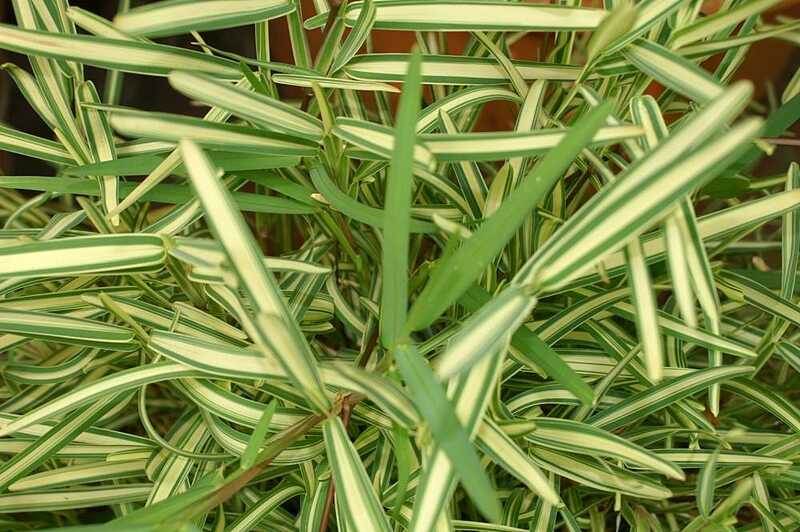
Photo Credit: David J. Stang / Wikimedia Commons / CC BY-SA 4.0
St. Augustinegrass is the most popular turfgrass in Florida. A native to warm coastal regions, this cultivar has thick leaf blades and deep roots, making it shade and drought-tolerant. However, keep in mind that this warm-season turfgrass can struggle with the Tallahassee rain, especially in shaded yards. St. Augustinegrass is prone to fungus, like gray leaf spot, if it does not dry out in between watering sessions.
The quick-growing turfgrass has a dense appearance, coarse texture, and blue-green color. It is easy to establish and moderately salt tolerant, but, like centipedegrass, it does not stand up well to herbicides or heavy traffic.
Classification: Warm-season grass
Spreads by: Stolons
Shade tolerance: Moderate shade tolerance, among the highest of any warm-season grass; some cultivars are more shade tolerant than others
Drought resistance: Moderate
Foot traffic tolerance: Moderate
Maintenance needs: Moderate to high mowing frequency
Mowing height: 2.5-4 inches (mow dwarf varieties from 2.5-3 inches; standard cultivars from 3-4 inches; mow tall in shade)
Potential for disease: Moderate to high; prone to gray leaf spot, large patch, and take-all root rot
Potential for pests: High; prone to chinch bugs, cutworms, mole crickets, grass loopers, army worms, web worms, and grubs
Soil pH: 6-7.5
Soil type: Tolerates many soil types; prefers moderately fertile and moist (not waterlogged) soils; not a highly drought-tolerant grass; doesn’t tolerate soil compaction
Other notes: Native to coastal areas across the world and prefers moist soils and mild winters; will thrive in more inland areas provided growing conditions are met; good salt tolerance; will go dormant during winter in all but the southernmost regions
3. Zoysiagrass
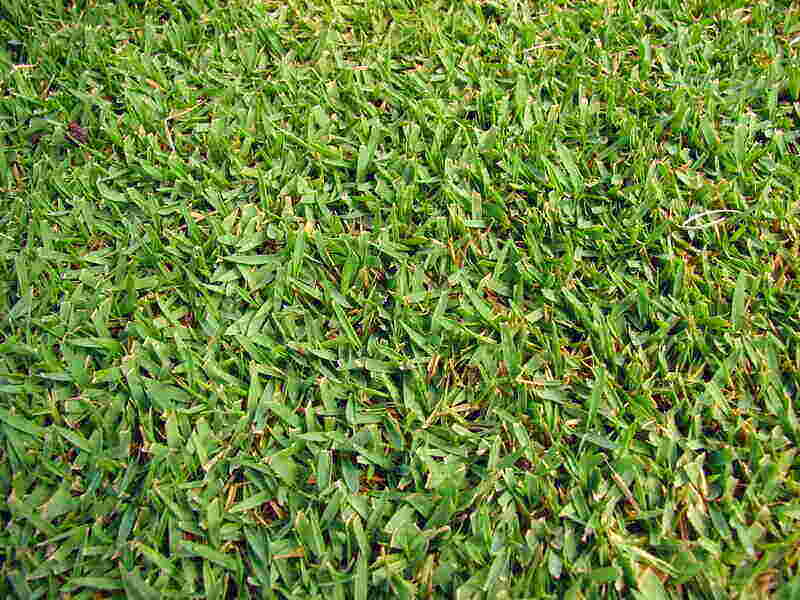
Photo Credit: Forest & Kim Starr / Wikimedia Commons / CC BY-SA 3.0
If warm-season grass varieties had a Jack or Jill of all trades, Zoysiagrass would be it. It withstands anything Floridians and Mother Nature throw at it. Zoysiagrass tolerates low mow heights, heavy traffic, shade, drought, and even lower-than-average temperatures. Like centipedegrass, this warm-season variety has low fertilization requirements and grows densely, blocking out weeds with its thick leaf blades.
Zoysiagrass is an attractive turfgrass with a dense appearance and a dark green color. New cultivars have increased disease and pest resistance. Zoysia matrella and Zoysia japonica are two popular pest-resistant cultivars in Tallahassee that grow slowly.
Classification: Warm-season grass
Spreads by: Stolons and rhizomes
Shade tolerance: Tolerates light to moderate shade
Drought resistance: High
Foot traffic tolerance: High
Maintenance needs: Low to moderate nitrogen requirement; moderate mowing frequency
Mowing height: 1-2.5 inches
Potential for disease: Low; large patch, root decline, spring dead spot, rust, curvularia, and leaf spot can occur
Potential for pests: Low; most common pests are mites, grubs, mole crickets, hunting billbugs, army worms, chinch bugs, and sod webworms
Soil pH: 6-6.5
Soil type: Well-draining, some cultivars more tolerant of a wide range of soils than others
Other notes: Moderately salt tolerant; cut with sharp mower blade; mow taller if grass is in partial shade
4. Bahiagrass
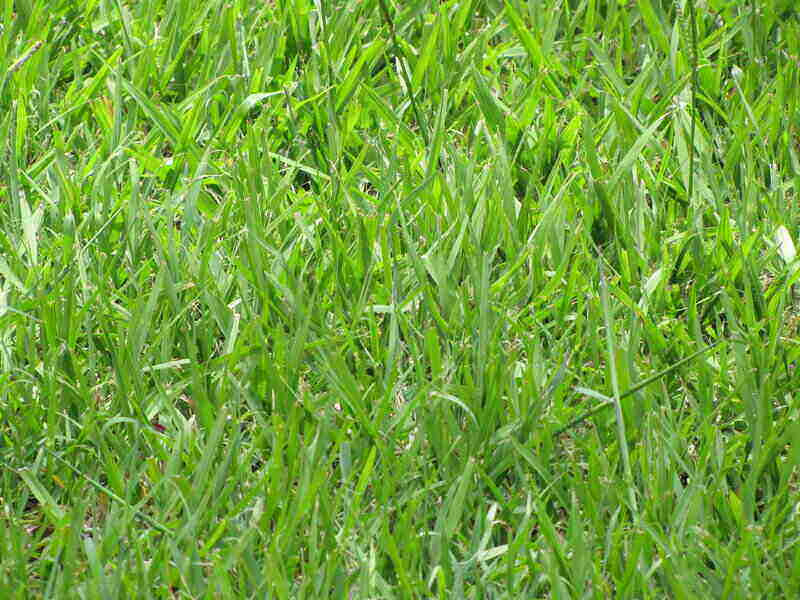
Photo Credit: Forest and Kim Starr / Flickr / CC BY 2.0
Bahiagrass is a utilitarian warm-season variety that thrives in the sandy, well-drained Tallahassee soils. It is a low-maintenance cultivar that likes to be left alone. Bahiagrass requires minimal water and fertilizer. It is less dense than other varieties and not known for being an aesthetically pleasing, decorative turfgrass. However, its deep root system persists in infertile soils, making it a splendid choice for pastures, farms, and homes without irrigation systems.
Bahiagrass grows quickly in full sun. It does not stand up well to heavy traffic. It has a light green color, coarse texture, and open growth pattern that forms a sparse lawn easily overtaken by weeds. Homeowners with bahiagrass lawns need to pay close attention to their annual weed maintenance plan.
Classification: Warm-season grass
Spreads by: Rhizomes
Shade tolerance: Low — needs full sun
Drought resistance: High
Foot traffic tolerance: Low
Maintenance needs: Growth rate is moderate to high, so plan to mow often during the growing season
Mowing height: 3-4 inches
Potential for disease: Low; susceptible to dollar spot
Potential for pests: Low; mole crickets are sometimes a problem
Soil pH: 5.5-6.5
Soil type: Tolerates most soils, does well in sandy loam
Other notes: Bahiagrass is grown in the Gulf Coast and Southeastern U.S; does best in acidic soils — not the best grass if your soils are naturally alkaline; doesn’t tolerate saltwater well
5. Bermudagrass
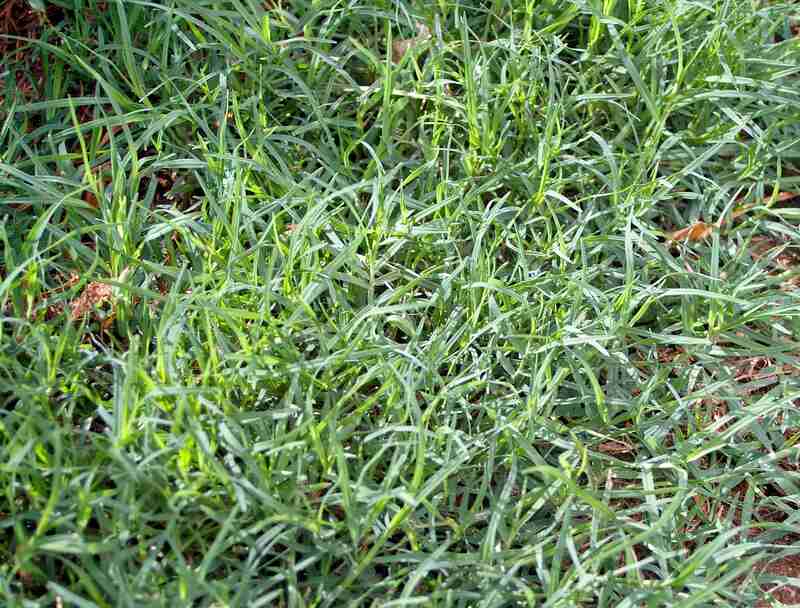
Photo Credit: Bidgee / Wikimedia Commons / CC BY-SA 3.0
Bermudagrass is a southern favorite and another common Florida grass that grows aggressively in full sun. Unlike other warm-season varieties, bermudagrass recovers quickly from damage and stands up to heavy foot traffic, making it a popular choice for golf courses, athletic fields, and home lawns. This hardy turfgrass ranges from coarse to fine-textured and is salt and drought-tolerant.
Tallahassee is home to common and hybrid varieties. Common bermudagrass has a light green color and coarse texture, while hybrid cultivars have a finer texture and dark green appearance. Hybrid varieties require more maintenance than common bermudagrass, but they are dense like Zoysiagrass forming a carpet-like layer.
Classification: Warm-season grass
Spreads by: Stolons and rhizomes
Shade tolerance: Poor — needs full sun
Drought resistance: High
Foot traffic tolerance: High
Maintenance needs: Needs frequent mowing due to fast growth rate; develops thatch easily; needs regular fertilization
Mowing height: 1-2 inches
Potential for disease: Good resistance to disease; prone to spring dead spot, dollar spot, leaf spot, large patch, and sheath spot
Potential for pests: Low resistance; prone to white grubs, hunting billbugs, mole crickets, army worms, and sod webworms
Soil pH: 6-6.5
Soil type: Tolerates most soil types
Other notes: Bermuda spreads aggressively via its stolons (above-ground stems) and rhizomes (below-ground stems) and can out-compete many weeds. The downside is that it also can be a nuisance and is sometimes considered invasive. You’ll often find it has tunneled underground into flower beds and spread into neighboring lawns.
FAQ About Tallahassee Grass Types
No. Sinkholes form through a combination of many factors affecting the water table, including construction, blasting, heavy loading, drought, increased rainfall, groundwater pumping, and more. Routine residential watering does not sufficiently impact the water table enough to cause sinkholes.
You should plant your grass seed in April through July. This gives the seed a full growing season before the cooler winter temperatures set in.
St. Augustinegrass is the most shade-friendly grass type for Tallahassee.
Choose Plant and Grass Varieties for Your Tallahassee Landscape
Warm-season grass varieties thrive in Tallahassee. They are suited to Florida’s Big Bend and Panhandle region and unique USDA Zone, 8b. Be sure to choose a turfgrass variety that works well for your lifestyle and your yard’s unique microclimate.
Tallahassee residents are blessed by warm weather most of the year. There are numerous landscaping options available. If you are looking to spruce up your home landscape or make it more wind-resistant, check out our spring lawn care tips and hurricane-resistant landscaping ideas to create your Florida fortress of solitude for maximum relaxation.
Beat the heat and conquer Tally’s humid climate. Contact a lawn care pro in your area today to help you maintain a healthy lawn.
Main Image Credit: Tallahassee FL Gaither House02 / Ebyabe / Wikimedia Commons / CC BY-SA 4.0